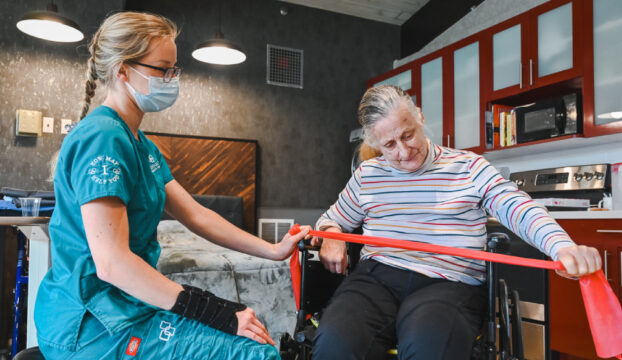Chronic pain is a significant concern that frequently results from athletic injuries, impacting many athletes and physically engaged persons. When someone experiences a sports injury, such as a sprain, muscle tear, or fracture, the initial response usually involves soreness and swelling. However, for some individuals, this pain does not go away after the injury heals. Instead, they may continue to feel pain long after the initial trauma. This persistent pain is known as chronic pain, and it can be difficult to manage. Understanding the complexities of chronic pain is vital for both patients and healthcare providers to promote effective recovery.
A primary cause chronic pain can develop after a sports injury is due to the body's response to tissue damage. When bodily structures are injured, the body sends out signals to alert us of the injury. This mechanism includes inflammation, which is part of the healing process. However, in some instances, this immune reaction can become heightened or extended, resulting in persistent pain even when the damage has healed. Additionally, psychological factors like anxiety and depression can contribute to how individuals experience sensation. Sports participants may feel anxious about resuming athletic activity, which can affect their interpretation of discomfort.

Chronic pain can seriously affect an individual athlete’s rehabilitation journey. It can affect their informative post ability to train and perform at their normal standards. Sportspeople may find themselves incapable to engage in training sessions or competitions due to fear of worsening their injury. This situation can lead to emotions of frustration and isolation. When athletes cannot function as they did before their injury, it may also undermine their mental health and self-esteem. As a result, treating both the bodily and psychological components of healing is essential for managing long-term discomfort.
Various therapeutic approaches are available for managing chronic pain following sports injuries. Healthcare providers often suggest a blend of physiotherapy, pharmaceutical intervention, and complementary therapies like acupuncture or manual therapy. Physical therapy focuses on enhancing strength and range of motion while managing discomfort through targeted exercises. Medications such as anti-inflammatories or pain relievers may be recommended to help manage symptoms. Each patient’s situation is individualized; therefore, developing a customized treatment plan that accounts for personal requirements and goals is crucial for successful recovery.
To summarize, persistent discomfort following sports injuries is a multifaceted click this link now issue that demands careful consideration and management. It impacts not only the physical component of healing but also the mental health of sports participants. By understanding the underlying factors and effects of long-term discomfort, athletes and medical professionals can collaborate effectively more effectively toward rehabilitation. With appropriate treatment strategies and support systems in place, a significant number of people can successfully manage chronic pain and return to enjoying their preferred physical activities fully.